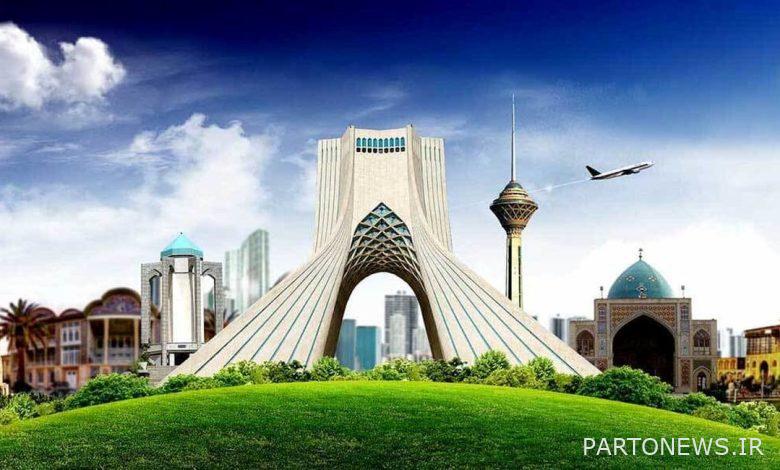Attracting neighboring and Arab tourists is Iran’s solution to generate income and escape sanctions

According to this report, Iran is attracting more visitors from Russia and China to its ancient sites that date back to the Iranian Empire and the legendary Silk Road.
The warming of diplomatic relations between Iran and Saudi Arabia, mediated by Beijing this year, has paved the way for direct flights. In addition, Tehran seeks closer relations with other countries from Egypt to Morocco. This slow but continuous change is noticeable in important tourist attractions; Where more visitors can be seen speaking not English, French or German, but Arabic, Chinese and Russian.
Agence France-Presse also mentioned in the report that Iran has been attracting foreign visitors for a long time with its ancient glory in the cities of Shiraz, Isfahan and Mashhad and the 2500-year-old complex of Persepolis. The country has snow-capped mountains, deserts, as well as the shores of the Persian Gulf and the Caspian Sea, and prides itself on its cuisine and tradition of hospitality. Despite the dress code for women and the prohibition of alcohol and night life after the revolution, for a long time tourist They were mainly Europeans who came to Iran.
As the largest Shiite Muslim power, Iran hosts a continuous flow of religious pilgrims, many of whom go to the holy cities of Mashhad and Qom from Iran’s neighboring country, Iraq.
At the same time, the French news agency has pointed out the impact of the nuclear agreement in 2015 on the growth of Iran’s tourism industry, and of course the decline of Westerners’ trips to Iran since the unilateral withdrawal of Donald Trump – the president of the United States – from that agreement, and since the Corona epidemic. In the following, there is a reference to the events of last year.
Then, quoting statistics from the World Tourism Organization, the United Nations World Tourism Organization has recently announced in a report that Iran attracted 4.1 million foreigners last year, which is less than half of the figure of 2019, and accounted for 0.4% of tourist trips worldwide.
Tehran has now begun efforts to revive tourism, including by attracting tourists from the United Arab Emirates and Qatar to the Persian Gulf islands of Kish and Qeshm, which have beaches, luxury hotels and cheap shopping.
Despite recent tensions between Baku and Tehran, Iran is also seeking to attract more visitors from neighboring countries, including Armenia and Azerbaijan.
Majid Kiani, CEO of Aras Free Zone in Northwestern Iran, says: Setting up tourism exhibitions in other countries, advertising through the media and hosting international events are among tourism development programs.
Last month, UNESCO added the colorful Ares Rocks to its network of global geoparks. Kiyani also said that this geological park, which is welcomed because of its diverse ecosystem, hosted more than 1.2 million tourists in Nowruz this year.
Armenians now visit the 9th-century St. Stephen’s Monastery, a UNESCO World Heritage Site with vivid frescoes of biblical scenes and ornate facades. Archbishop Krikor Chiftjian, the Bishop of East and West Azarbaijan province of Iran, says: Many Armenian tourists come to this region to visit this historical church.
Tourism analyst Babak Babali also says: Considering that in the 2010s, Azerbaijanis routinely visited this region for medical services and created a “significant medical tourism industry”, there was a lot of potential in that field.
Shatri, who is one of the tour guides in Tehran, believes that Iran has a long way to go to bring back Western tourists in large numbers.

